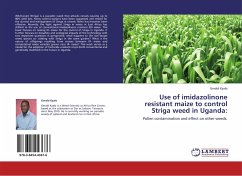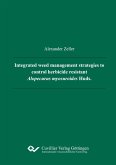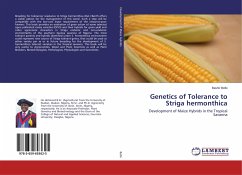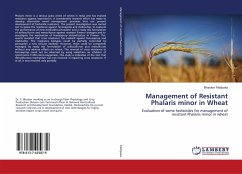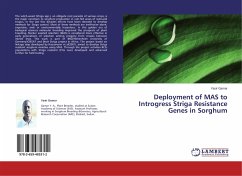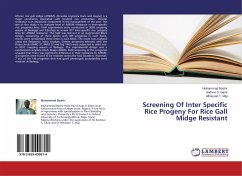Witchweed (Striga) is a parasitic weed that attacks cereals causing up to 80% yield loss. Many control options have been suggested and tested for the control and management of Striga in cereals. None has however been effective. Recently, the fight against Striga in maize in East Africa has shifted to the use of conventional imidazolinone resistant (IR) maize. This book focuses on testing IR- maize for the control of Striga in Uganda. It further focuses on biosafety and ecological impacts of the technology with two important questions in perspective; what happens to the non-target weed species co- existing with Striga in the same garden? What is the nature of offsprings resulting from crosses between IR- maize and conventional maize varieties grown near IR- maize? This work serves as a model for the adoption of herbicide resistant crops (both conventional and genetically modified) in the future in Uganda.
Bitte wählen Sie Ihr Anliegen aus.
Rechnungen
Retourenschein anfordern
Bestellstatus
Storno

